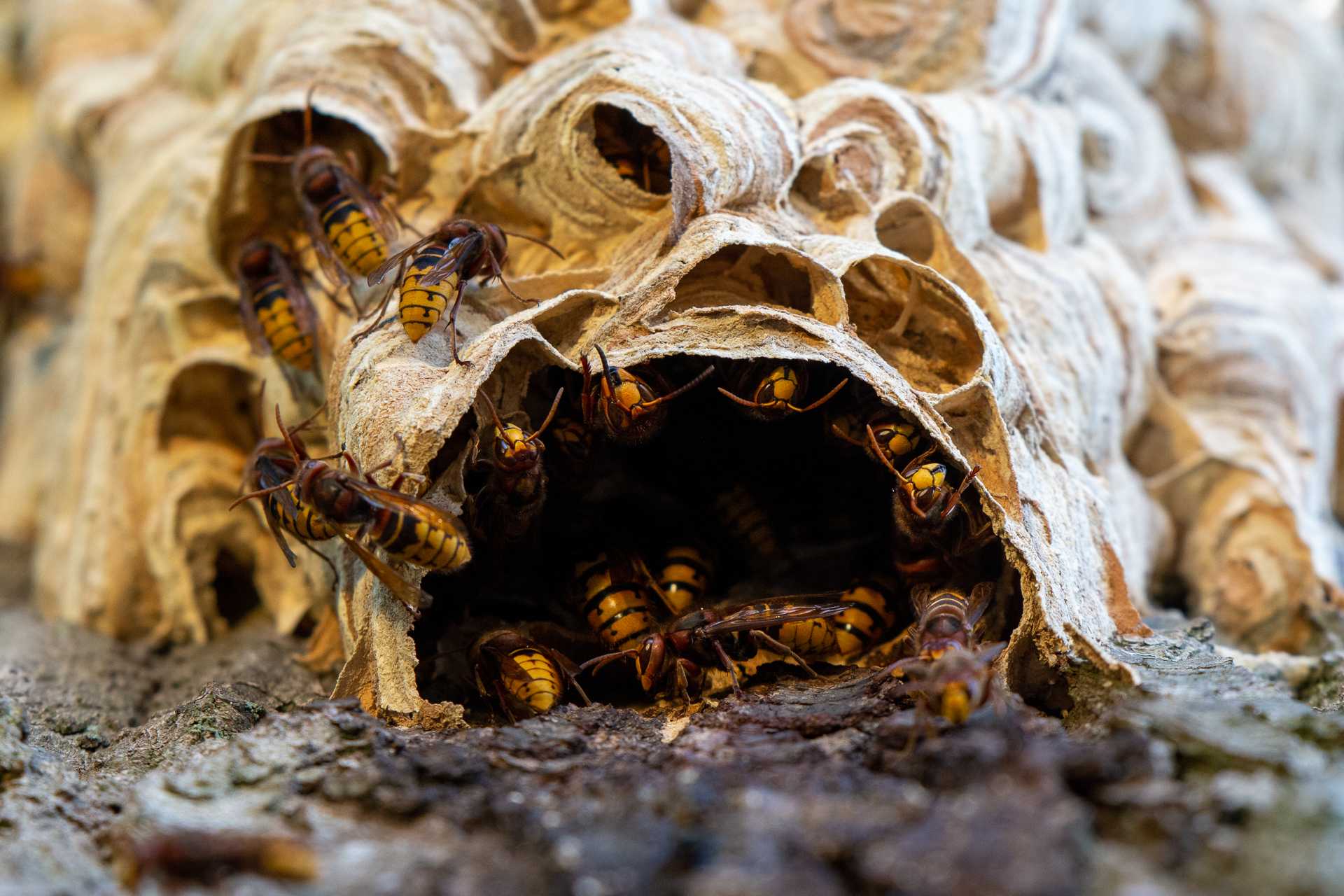Are Ants Related To Bees?

In the vast world of insects, two of the most fascinating groups are ants and bees. Both belong to the order Hymenoptera, which is renowned for its diversity and complexity. The question of whether ants are related to bees is not only scientifically intriguing but also reveals insights into their evolutionary paths, behaviors, and ecological roles. This article will explore the connections between ants and bees, their similarities and differences, and why understanding these relationships matters in the broader context of biodiversity.
Quick Info Table
| Feature | Ants | Bees |
|---|---|---|
| Classification | Family Formicidae | Family Apidae |
| Body Structure | Elongated thorax, no wings | Fuzzy bodies, wings present |
| Social Structure | Highly social, colonies | Social (e.g., honeybees) or solitary (e.g., mason bees) |
| Diet | Omnivorous (mostly scavengers) | Nectar and pollen |
| Role in Ecosystem | Soil aeration, seed dispersal | Pollination |
The Evolutionary Connection
Common Ancestry
Ants and bees share a common ancestor, tracing back to a lineage that existed over 100 million years ago. This ancestral connection places both groups in the same family known as Hymenoptera, which also includes wasps. Research indicates that ants diverged from their wasp relatives during the Cretaceous period, while bees evolved from wasp-like ancestors around 100 million years ago, leading to their unique adaptations.
Evolutionary Adaptations
Both ants and bees have adapted well to their environments, showcasing fascinating evolutionary traits. For instance, the development of social structures in both groups has allowed them to thrive in various ecosystems. Ants typically form large colonies with a clear division of labor, while bees, especially honeybees, exhibit complex social behaviors such as communication through dances and pheromones.
Similarities Between Ants and Bees
Social Behavior
Both ants and bees are known for their intricate social structures. In ant colonies, individuals take on specific roles such as workers, soldiers, and queens. Similarly, honeybees have a queen responsible for reproduction and workers that gather food and maintain the hive. This social organization is crucial for their survival and success.
Communication
Both groups have developed sophisticated methods of communication. Ants communicate through pheromones, which are chemical signals that convey information about food sources, danger, and reproductive status. Bees also utilize pheromones, particularly in their hive, but they are famously known for their "waggle dance," a unique method of communicating the location of food sources to fellow hive members.
Ecological Roles
Ants and bees play vital roles in their ecosystems. Ants contribute to soil health through aeration and nutrient cycling, while bees are essential pollinators that support plant reproduction. The decline of either group can have significant consequences for biodiversity and ecosystem stability.
Differences Between Ants and Bees
Physical Characteristics
While ants and bees share a common lineage, they exhibit distinct physical traits. Ants generally have elongated bodies with a narrow waist and no wings (in the worker caste), whereas bees have a more robust, fuzzy body that aids in pollen collection and typically possess wings. This difference in morphology reflects their specialized roles in the ecosystem.
Diet and Foraging
Ants are omnivorous and often scavenge for food, consuming a wide variety of substances, including seeds, fungi, and other insects. In contrast, bees primarily feed on nectar and pollen, which provide essential nutrients for their survival and reproduction. This dietary specialization highlights the different ecological niches that ants and bees occupy.
Nesting Habits
Nesting behaviors also vary significantly between ants and bees. Ants typically build elaborate underground nests or mounds, which can house thousands of individuals. Bees, particularly honeybees, construct hives from beeswax and propolis, often in sheltered areas like tree cavities or man-made structures. Solitary bees, on the other hand, may create nests in small crevices, underground, or use existing structures, reflecting their diverse nesting strategies.
The Importance of Understanding Their Relationship
Biodiversity and Ecosystem Health
Understanding the relationship between ants and bees is crucial for appreciating the broader web of life. Both groups contribute to biodiversity and ecosystem health, supporting plant growth and providing food for various species. The decline of either group can lead to cascading effects throughout the ecosystem, highlighting the interconnectedness of life.
Conservation Efforts
As habitats face increasing threats from urbanization, climate change, and pesticide use, both ants and bees are at risk. By studying their relationships, researchers can develop targeted conservation strategies that not only protect these insects but also promote overall ecosystem resilience. Efforts to maintain healthy populations of both ants and bees can lead to more effective agricultural practices and improved food security.
Conclusion
In summary, ants and bees are indeed related, sharing a common ancestry that has shaped their evolution and ecological roles. While they exhibit distinct differences in physical characteristics, dietary habits, and nesting behaviors, their similarities in social structure and communication highlight the complexity of life within the order Hymenoptera.
Understanding their relationship is not only a fascinating scientific inquiry but also a vital step toward fostering biodiversity and promoting ecosystem health. As we continue to learn about these remarkable insects, we can appreciate their significance in our world and take action to ensure their survival for future generations. Ultimately, recognizing that we share this planet with such intricate and essential creatures underscores the importance of protecting our natural environment.



Comments ()